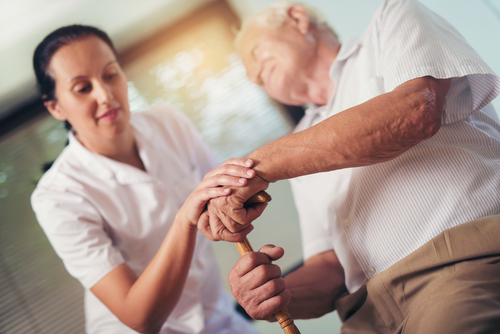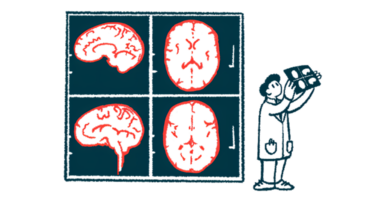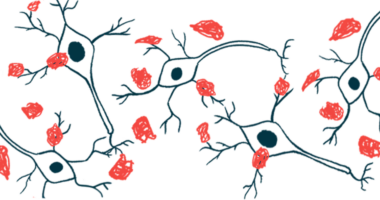Parkinson’s Symptoms May Help to Judge Ability to Do Daily Tasks

The clinical symptoms experienced by people with Parkinson’s disease, like dyskinesia or postural instability, may help to distinguish and group patients whose ability to perform daily activities are more or less affected, a new study suggests.
These findings were detailed in, “Can We Predict the Motor Performance of Patients With Parkinson’s Disease Based on Their Symptomatology?,” a study published in Frontiers in Bioengineering and Biotechnology.
Parkinson’s is characterized by motor symptoms like tremor, slowness of movement (bradykinesia), uncontrolled involuntary movement (dyskinesia), and postural instability, as well as by non-motor symptoms like sleep problems and cognitive decline.
These symptoms affect to differing degrees a person’s ability to go about activities of daily life. But currently there is no way of knowing how a person’s symptoms, taken together, correlate with an ability to perform daily tasks requiring motor skills.
To investigate this, researchers at the Université de Sherbrooke, in Canada, assessed symptoms and motor performance in a group of 115 Parkinson’s patients, mean age of 67, without psychosis and who could walk without assistance. A group of 69 elderly individuals without this disease, matched by age and sex, served as controls.
At examination, patients were asked to take their regular medication and were equipped with a suit containing 17 sensors to objectively measure their motor symptoms.
All were then asked to perform three motor tasks: rising from a chair, walking, turning, sitting down (the Timed-Up and Go, or TUG, test), eating soup, and inserting pins into a board using both hands, alternately, for 30 seconds (the Purdue Pegboard test). They also answered a questionnaires providing socio-demographic data, as well as information about their cognitive health and quality of life.
Based on patients’ performance on the three motor tasks, researchers broke them into four groups: those within normal range for all tasks (group 1), those whose fine motor skills (or dexterity) were slightly affected (group 2), those mainly affected on the TUG test (suggesting limited mobility; group 3), and patients affected in all these activities (group 4).
Notably, some symptoms and medications were significantly different among groups, including postural instability, dyskinesia, bradykinesia, rigidity, freezing of gait, and the use of amantadine (marketed as Gocovri, among other brand names).
An increase in postural instability was found to be linked to a four to nine times greater likelihood of poor performance in the TUG test or in all activities (assignment to groups 3 or 4), the researchers reported. Low-to-moderate dyskinesia increased the chances of being in the normal group (relative to the groups 2 or 3, those slightly affected in fine motor tasks or mainly affected during TUG).
Higher levels of rigidity increased the likelihood of being affected in all activities (group 4).
Amantadine as part of a treatment regimen was seen to lower the risk of being in the group 3 (limited mobility).
The model showed a good accuracy overall, being able to place 76% of patients in their correct motor group based solely on their symptoms and medication. But researchers suggest that the grouping of patients according to their motor performance on tests could be further refined; the soup eating test, for instance, was not seen to be relevant in this classification.
Still, “this study demonstrated that it is possible to predict the mobility performance of any patient, based on personal clinical features,” the researchers wrote.
“[T]hese results appear promising, and may lead to more personalized treatment by identifying and targeting symptoms that specifically impede a particular patient’s motor performance,” they concluded.






